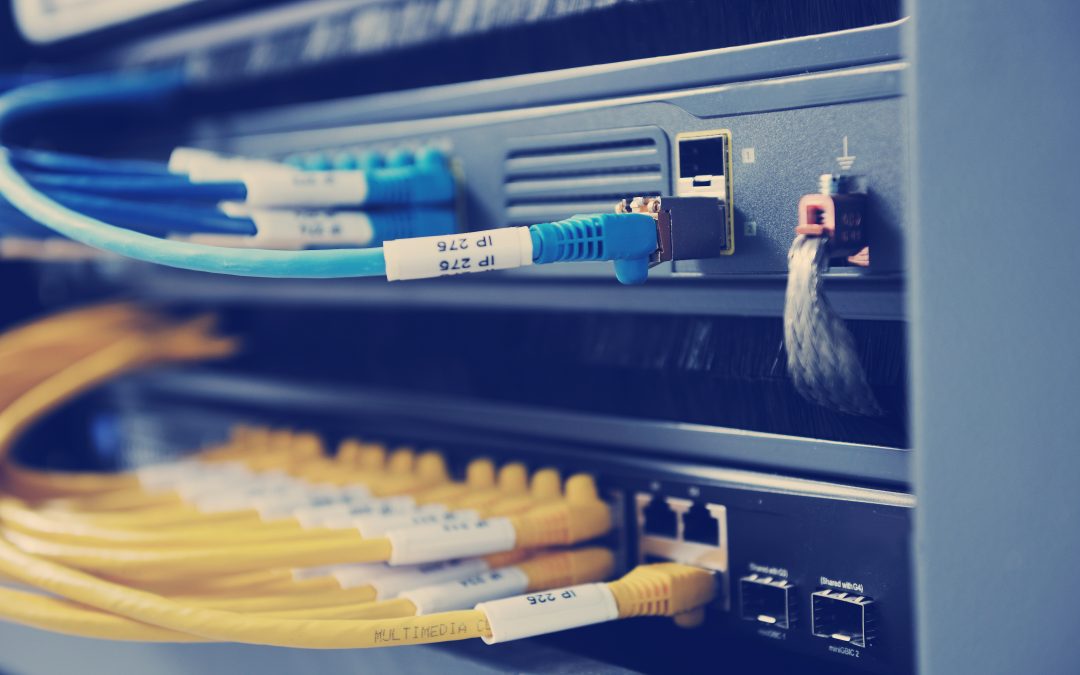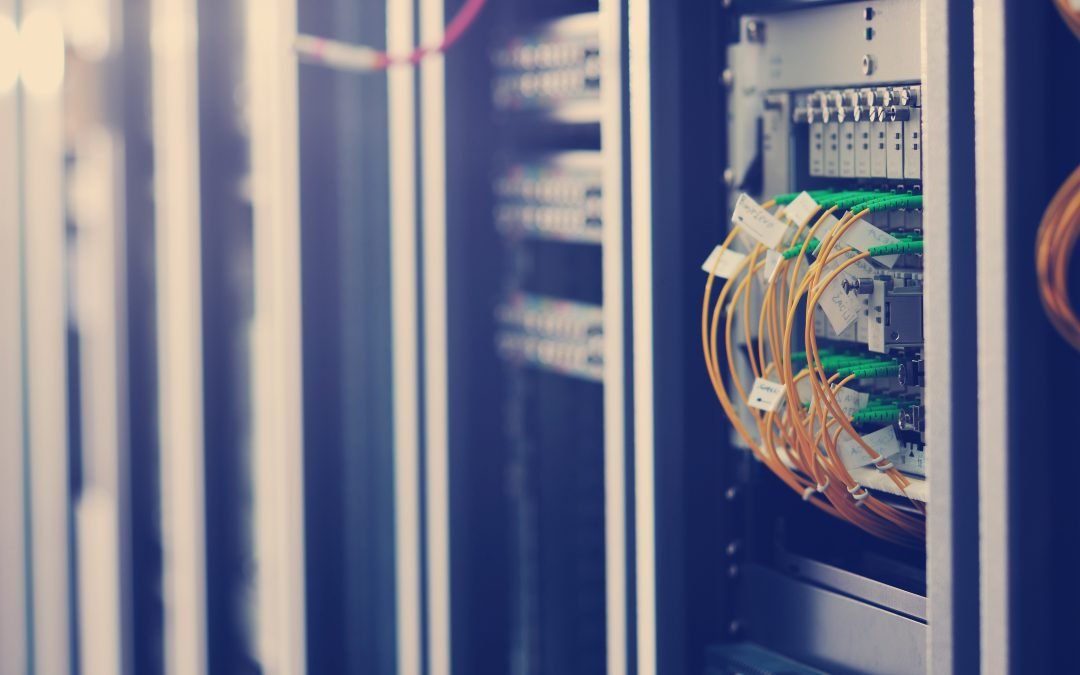
10 Ways to Improve Server Performance
A blog post about the 10 ways to improve server performance.
Optimizing the performance of your server is one of the most crucial jobs you can complete as a business owner or system administrator. You can enhance the performance of your whole network and make sure that your business activities go without a hitch by taking the time to make sure your server is operating as efficiently as possible. Here are 10 techniques to guarantee that your server is operating at its best.
1. Clean up your server
Set aside some time each day or week to make sure your server is free from clutter and unnecessary software. Check for any programs or processes that are taking up an excessive amount of resources and uninstall any applications that are no longer being used.
- Identify and remove any unnecessary or unused programs and files. This includes uninstalling programs that are no longer needed and deleting temporary and junk files.
- Run system maintenance tasks, such as disk cleanup and defragmentation. These tasks can help improve the performance of the server by optimizing the use of its storage and memory.
- Monitor and optimize resource usage. Use performance-monitoring tools to identify which programs and processes are using the most resources and consider whether they can be optimized or stopped.
- Check for and resolve any hardware issues. If you suspect that hardware components, such as the hard drive or memory, may be failing or causing performance issues, consider replacing them.
2. Optimize your server for CPU and memory
Make sure your server is appropriately sized for the type of workload you need it to handle. Also, consider using a virtual server to help optimize your hardware utilization and reduce costs.
- Identify which programs and processes are using the most CPU and memory resources. You can use performance-monitoring tools, such as the Task Manager on Windows or the top command on Linux, to see which programs are using the most resources.
- Optimize or stop resource-intensive programs and processes. If you have programs or processes that are using a lot of CPU and memory resources, consider optimizing them or stopping them if they are not essential.
- Enable performance-enhancing features. Some operating systems have features that can improve performance, such as hardware acceleration or faster boot and shutdown times. Enable these features if they are available.
- Upgrade hardware. If your server has insufficient CPU or memory resources, consider upgrading to faster processors or adding more memory.
- Monitor resource usage. Continuously monitoring resource usage can help you identify any issues or bottlenecks that may be affecting the performance of your server.
3. Optimize your server for I/O performance
Check the disk performance of your server and make sure that you’re using the most efficient storage system for your needs. Also, consider caching certain types of data to improve read and write speeds.
- Identify which programs and processes are causing high I/O activity. You can use performance-monitoring tools, such as the Task Manager on Windows or the iostat command on Linux, to see which programs are causing high I/O activity.
- Optimize or stop resource-intensive programs and processes. If you have programs or processes that are causing high I/O activity, consider optimizing them or stopping them if they are not essential.
- Use faster storage devices. If your server’s storage devices, such as hard drives or solid-state drives, are slow, consider upgrading to faster storage devices.
- Use a faster storage interface. If your server is using a slower storage interface, such as SATA, consider upgrading to a faster interface, such as NVMe.
- Enable performance-enhancing features. Some operating systems have features that can improve I/O performance, such as write caching or disk defragmentation. Enable these features if they are available.
- Monitor I/O activity. Continuously monitoring I/O activity can help you identify any issues or bottlenecks that may be affecting the performance of your server.
4. Optimize your server for network performance
Make sure your server is properly configured for the type of network traffic you’re expecting. Consider using traffic shaping and bandwidth control to help manage your network utilization.
- Identify any bottlenecks in your network. Use performance-monitoring tools (like top (Linux), perf (Linux) or PerfMon (Windows)) to identify any bottlenecks in your network that may be affecting the performance of your server.
- Upgrade your network hardware. If your network hardware is outdated or not capable of handling the load on your network, consider upgrading to faster or more capable hardware, such as faster switches or routers.
- Optimize your network configuration. Make sure that your network is configured for optimal performance, such as by setting the correct duplex settings and enabling flow control.
- Use Quality of Service (QoS) settings to prioritize important traffic. QoS settings allow you to prioritize certain types of traffic, such as traffic from your server, over less important traffic.
- Use a content delivery network (CDN) to reduce network load. A CDN can help improve network performance by distributing content across a network of servers and delivering it to users from the server that is closest to them.
5. Optimize your server for disk performance
Make sure your disks are configured for the type of storage you need and take steps to maximize the read and write speeds of your disks.
- Use a faster storage interface: If your server is using a slower storage interface, such as SATA, consider upgrading to a faster interface, such as NVMe.
- Enable write caching: Write caching can improve write speeds by temporarily storing writes in memory before they are written to the storage device. This can be enabled in the BIOS or operating system settings.
- Use a faster network interface: If your server is connected to a network, consider upgrading to a faster network interface, such as Gigabit Ethernet or 10 Gigabit Ethernet, to improve read and write speeds.
- Use a faster file system: If your server is using a slower file system, such as NTFS, consider using a faster file system, such as ext4 on Linux or ReFS on Windows.
- Use a RAM disk: If you have a large amount of available memory, you can create a RAM disk and use it as a temporary storage location for frequently accessed data. This can significantly improve read and write speeds for that data.
6. Optimize your server for power consumption
Consider using power-saving features like CPU throttling and power management to reduce your energy costs. To use CPU throttling for server performance, you can try the following steps:
- Identify the maximum frequency at which your server’s CPU operates. This is often referred to as the “turbo frequency” or “maximum frequency.”
- Determine the minimum frequency at which your server’s CPU can operate while still meeting your performance needs.
- Configure the CPU throttling feature to limit the maximum frequency of your server’s CPU to the minimum frequency you determined in step 2.
- Monitor the performance of your server to ensure that it is meeting your needs with the CPU throttling feature enabled.
To configure CPU throttling on a Windows server, you can use the Power Options control panel. On a Linux server, you can use the cpufrequtils package to set the CPU frequency.
It’s important to note that CPU throttling can affect the performance of your server, so it’s important to carefully consider whether this feature is necessary and whether the benefits of power savings outweigh the potential performance impact.
7. Optimize your server for performance
Consider server virtualization or containerization to make scaling up and down easier as your workloads vary. You must install and configure a virtualization software, such as VMware or Hyper-V, before you can use server virtualization. Within this software, you can then construct and configure virtual servers, as well as assign them the resources they require to function.
After you’ve set up your virtual servers, you may use them like any other server, installing and executing apps, storing and accessing data, and so on.
8. Optimize your server for security
Make sure your server is configured to meet industry security standards and consider using intrusion detection or prevention systems to help detect and prevent malicious activity.
9. Optimize your server for environment
Make sure the environment your server is operating in is as cool as possible to reduce the risk of component failure.
10. Automate your server
Consider using scripts and automation tools to help maintain your server and ensure that your server is up and running as efficiently as possible.
- Disk cleanup scripts can be used to automate the process of deleting temporary and garbage files, emptying the recycle bin, and clearing the browser cache.
- Defragmentation scripts: These scripts can be used to automate the process of defragmenting hard drives, which can increase server performance by optimizing storage usage.
- System maintenance scripts: These scripts can be used to automate a wide range of system maintenance operations, including searching for and installing updates, performing disk cleanup and defragmentation, and optimizing the system registry.
- Scripts for resource optimization: These scripts can be used to optimize the use of resources such as CPU and memory by suspending or limiting the execution of resource-intensive programs and processes.
- Hardware maintenance scripts: These scripts can be used to automate processes related to hardware component maintenance, such as checking for and resolving hardware issues and conducting hardware upgrades.
- Backup scripts: You can use these scripts to automate the process of creating backups of vital data and files on your server.
- Monitoring scripts: These scripts can be used to automate the process of monitoring your server’s performance, such as collecting and analyzing performance metrics or producing alerts when particular criteria are met.
You can ensure that your business operations run smoothly and efficiently by taking the time to enhance your server performance. Implementing these ten tips can help maintain your server running at top performance while also improving overall network speed.

